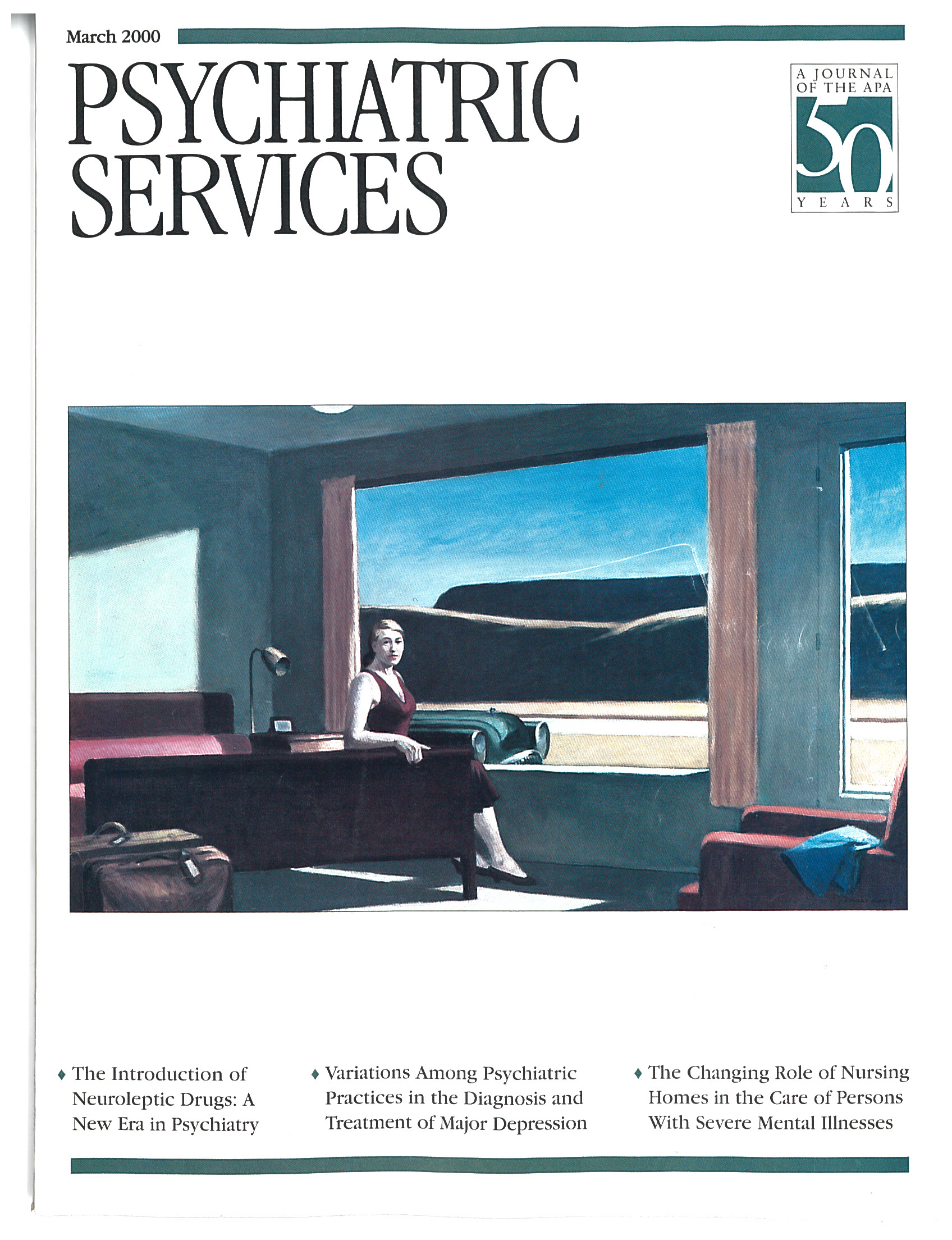To the Editor: I appreciated the thoughtful article by Dr. Douglas Hughes (
1) entitled "Acute Psychopharmacological Management of the Aggressive Psychotic Patient" in the September 1999 issue. His analysis of the advantages and disadvantages of "cocktail" and "chaser" approaches is certainly consistent with my clinical experience. Use of atypical antipsychotics, not yet available in injectable form, increases the complexity of clinical decision making because of the interaction of formal treatment strategy and choice of specific medications.
Although I agree with Hughes' conceptualization and analysis of the available treatment options, I am struck by the juxtaposition of his clinical perspective with recent public policy developments regarding restraint and seclusion and the use of "chemical restraints" (
2,
3,
4,
5). While I find little evidence of consensus about the use and meaning of that term, some definitions would appear at least to overlap conceptually with, if not subsume, emergency pharmacologic treatment as presented in Hughes' protocols.
For example, while proposed federal legislation defines chemical restraint as reduction in mobility or induction of sleep (
2), a recently revised Pennsylvania policy that prohibits the use of chemical restraint in state hospitals defines the term as "the use of drugs or chemicals for the specific and exclusive purpose of controlling acute or episodic aggressive behavior by a patient" (
4). To juxtapose, Hughes notes in his article, "The acute management of the violent and psychotic patient is referred to as rapid tranquilization. The goal is sedation, not the rapid remission of psychosis." With specific reference to the "chaser" method, Hughes states, "This technique uses a benzodiazepine to initially sedate the agitated patient…. The therapeutic goal is to acutely sedate the patient using just the benzodiazepine. Once the patient is sedated, the clinician encourages the patient to choose an antipsychotic medication."
The Pennsylvania policy adds that "drugs administered on a regular basis, as part of the individualized treatment plan, and for the purposes of treating the symptoms of mental, emotional, or behavioral disorders, and for assisting the patient in gaining progressive self-control over his/her impulses, are not considered chemical restraints" (
3). Do these provisions allow for the clinical discretion required to incorporate Hughes' guidelines in clinical practice? Or would such practice be considered to involve chemical restraint?
In my view, Hughes' recommendations are clinically, philosophically, and ethically sound. In contrast, I find the term chemical restraint incompatible with the current discourse of clinical psychiatry and therefore do not disagree in principle with a policy excluding it from practice. However, I am not sure that the policy statements and clinical views cited above are so easily reconcilable.
Chemical restraint is not an optimal descriptor of the activity or intent of acute pharmacological intervention specifically targeted at aggressive behavior in the context of psychiatric illness. Is the term being used in some settings to denote such practice? And if so, would sound clinical practice then be discouraged on the basis of suboptimal language used to describe it? Further discussion of the apparent tensions suggested by these evolving perspectives in public policy and clinical practice may be beneficial.

